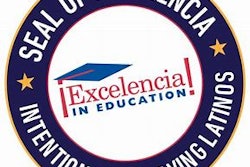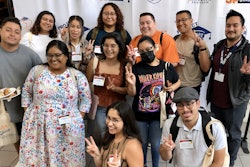Beacons of Hope
SECME Inc. partners with minority-serving institutions to create alternative high schools to increase high school, college completion rates
By Phaedra Brotherton
In 2000, only 18 percent of all African American and 10 percent of Hispanics completed a four-year degree by age 29, compared with 34 percent of Whites (total populations), according to the U.S. Department of Education. The reason, experts say, is because disadvantaged students are not getting the advanced level coursework they need during their high school years to adequately prepare for college.
Many high school reform advocates also believe that disadvantaged and low-income students aren’t being challenged enough academically during the last years of high school.
“Until recently, this educational terrain (advanced courses) had belonged almost exclusively to a privileged group of young people — those whose families could afford high-quality private high schools and those in well-funded public school districts that offered options to their highest achieving students,” says Carmon Cunningham, vice president for technology and communications at Jobs for the Future, a Boston-based education reform and work-force development organization.
To better prepare African American and Hispanic high school students for the rigor of college academics, the Bill & Melinda Gates Foundation, in partnership with Carnegie Corporation of New York, the Ford Foundation and W. K. Kellogg Foundation, has committed $50 million to create 70 “early college high schools.” The Early College High School Initiative is a reform effort to get more disadvantaged students to complete high school, pursue a college education and complete a college degree.
Studies have shown that small schools that combine college with high school studies help ease the transition from high school to college. In this case, these small schools will allow high school students to complete two years of college study and graduate with not only a high-school diploma, but also an associate’s degree or two years of college credit.
“There have been studies that demonstrate that when high school students are offered academically rigorous curriculum they do better — and these are not necessarily the superstars, but the average kids,” says Marie Groark, spokeswoman for the Bill & Melinda Gates Foundation.















